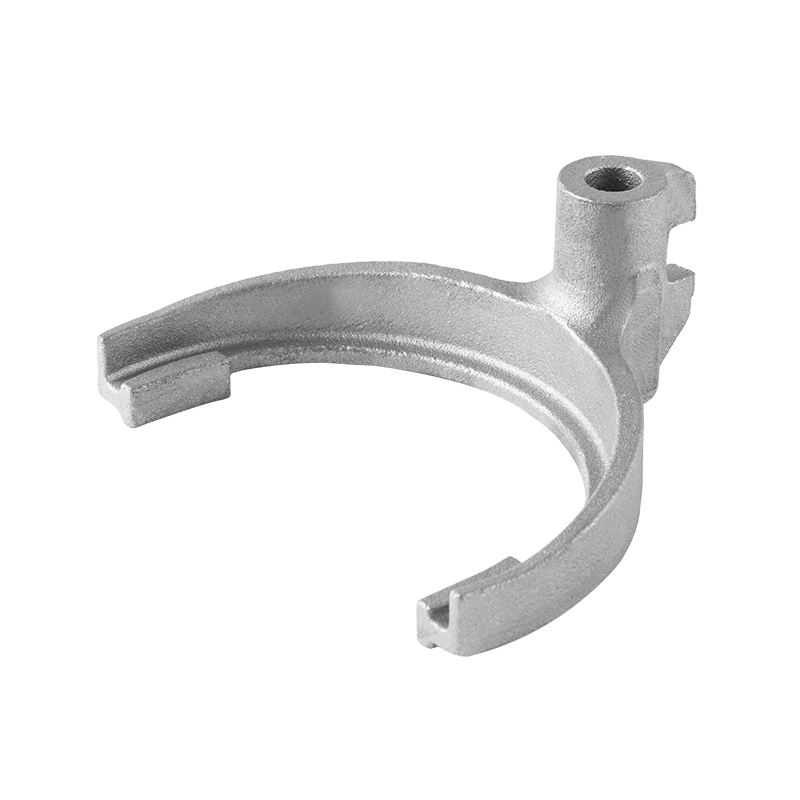Disadvantages of Aluminum Die Casting Parts
Industry News-While aluminum casting parts offer several benefits such as light weight, corrosion resistance, and good machinability, they also have some limitations that manufacturers need to consider before choosing them for specific applications.

One of the major disadvantages of aluminum die casting parts is their relatively lower strength when compared to steel. Aluminum alloys, although lightweight and corrosion-resistant, do not have the same tensile strength or impact resistance as steel. As a result, aluminum castings may not be suitable for heavy-duty applications or components that are subjected to high stress and strain. For example, in automotive or industrial machinery parts where high strength is critical, steel may be a more suitable option.
While aluminum has good thermal conductivity, it also has a lower melting point compared to steel. This means that aluminum die casting parts are more prone to deformation under high heat conditions. In applications where the component will be exposed to elevated temperatures for extended periods, aluminum parts may not perform as well as steel, which retains its strength even at higher temperatures.
Although aluminum is a cost-effective material, the initial tooling costs for aluminum die casting can be relatively high. The process requires the creation of precise molds and the setup of specialized equipment, which can increased initial investment, especially for smaller production runs. This makes aluminum die casting less cost-effective for low-volume manufacturing compared to other methods like sand casting.
Steel has long been known for its outstanding strength and versatility, and steel precision casting parts provide numerous benefits that make them highly valuable for various industries. The precision casting process used for steel allows for the production of complex, high-strength components with dimensional accuracy.
One of the significant advantages of steel precision casting parts is their strength. Steel is known for its high tensile strength, impact resistance, and ability to withstand harsh working conditions. Steel components can bear high loads and endure prolonged stress, making them ideal for applications where strength is critical, such as in the aerospace, automotive, and heavy machinery industries. Steel castings are particularly well-suited for components like gears, shafts, and valves that require exceptional durability and resistance to wear.
Unlike aluminum, steel can withstand much higher temperatures without losing its structural integrity. This makes steel precision casting parts an ideal choice for components exposed to heat, such as those used in engines, turbines, and other high-temperature applications. Steel maintains its strength at elevated temperatures, which is essential for industries that deal with thermal conditions.
Steel alloys, particularly stainless steel, offer outstanding resistance to corrosion, making them suitable for harsh environments. Steel precision casting parts are highly resistant to rust and degradation, even in moist or acidic conditions. This corrosion resistance makes steel castings a preferred choice for applications in industries like marine, chemical processing, and food production, where parts are frequently exposed to corrosive elements.
Precision casting allows manufacturers to create highly complex geometries with exceptional dimensional accuracy. Steel precision casting parts can be manufactured to meet specific requirements, including fine details and intricate shapes. This flexibility enables the production of components with complex internal features, such as channels, holes, and undercuts, that would be difficult or costly to achieve through other manufacturing methods. As a result, steel casting can reduce the need for additional machining or assembly processes.
Steel precision casting parts generally have a longer service life compared to aluminum or other metals. The strength and durability of steel allow components to perform reliably over extended periods, reducing the need for frequent replacements or repairs. This can lower maintenance costs and increased productivity, particularly in industries where downtime is costly.
 En
En
 русский
русский Español
Español عربى
عربى Deutsch
Deutsch















